Introduction: A New Era of Influencer Marketing
Influencer marketing has evolved from a niche strategy into a cornerstone of modern digital campaigns. Brands are no longer focusing solely on mega-influencers with millions of followers; instead, they are exploring micro-influencers and AI-created influencers to drive engagement and boost ROI.
In this blog, we delve into how these two types of influencers are reshaping the landscape of influencer marketing. With actionable insights and real-world examples, you’ll discover why embracing this trend is essential for your brand’s success.
Table of Contents
What Are Micro-Influencers?
Micro-influencers are individuals with a following typically ranging between 1,000 and 100,000 on social media. They’re celebrated for their niche expertise and high engagement rates compared to their mega-influencer counterparts. These influencers cultivate close-knit communities where followers see them as trusted advisors.
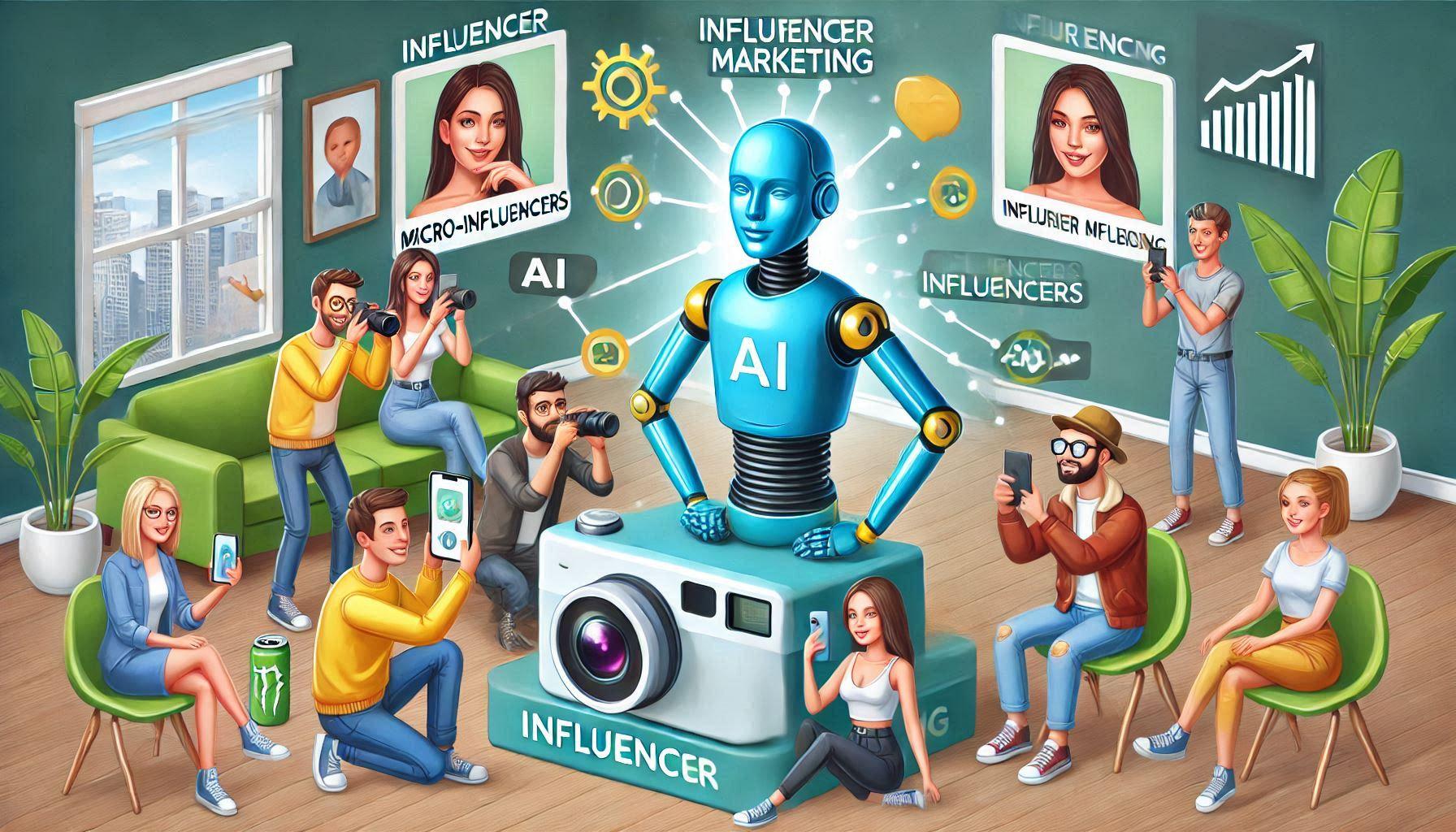
Key Benefits of Micro-Influencers
- Authenticity: Micro-influencers often maintain genuine connections with their audience, making their recommendations more impactful.
- Cost-Effectiveness: Partnering with micro-influencers is more budget-friendly than working with celebrity influencers.
- Targeted Reach: Their niche focus allows brands to target specific demographics effectively.
Case Study: GymShark’s Micro-Influencer Success
Fitness apparel brand GymShark leveraged micro-influencers to establish itself as a global name. Instead of investing heavily in traditional advertising, the company partnered with fitness enthusiasts who authentically promoted their products. The result? A dramatic increase in brand loyalty and sales.
What Are AI-Created Influencers?
AI-created influencers are virtual personas generated using artificial intelligence. They mimic human-like characteristics and interact with audiences just like real influencers. These digital creations, such as Lil Miquela and Shudu Gram, are taking social media by storm.
Why AI-Created Influencers Are Gaining Popularity
- Consistency: AI influencers are free from scandals and provide consistent messaging.
- 24/7 Availability: They can engage with audiences across time zones without downtime.
- Cost Efficiency: Brands can design a custom AI influencer, reducing long-term marketing costs.
Example: Lil Miquela’s Impact
Lil Miquela, an AI-created influencer with over 3 million followers, has collaborated with major brands like Prada and Samsung. Her posts blend fashion, music, and social issues, making her a versatile and appealing brand ambassador.
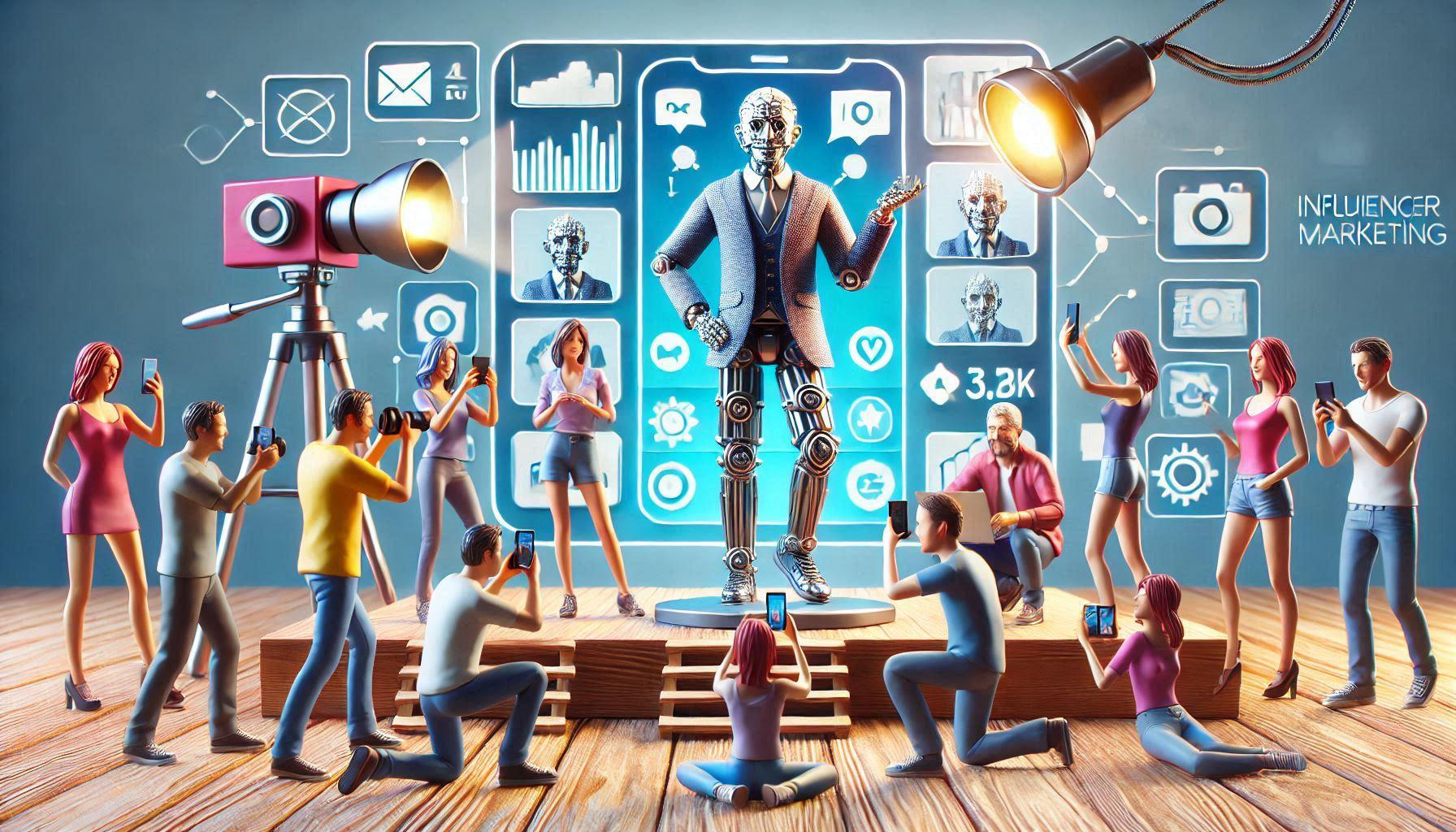
The Power of Combining Micro-Influencers and AI-Created Influencers
Combining micro-influencers and AI-created influencers can yield incredible results. Here’s how:
Enhanced Reach and Authenticity
- Micro-Influencers: Bring relatable and credible endorsements.
- AI-Created Influencers: Extend reach with futuristic appeal.
Cost-Effective Strategy
Pairing human and AI influencers enables brands to optimize costs while maintaining engagement across diverse audiences.
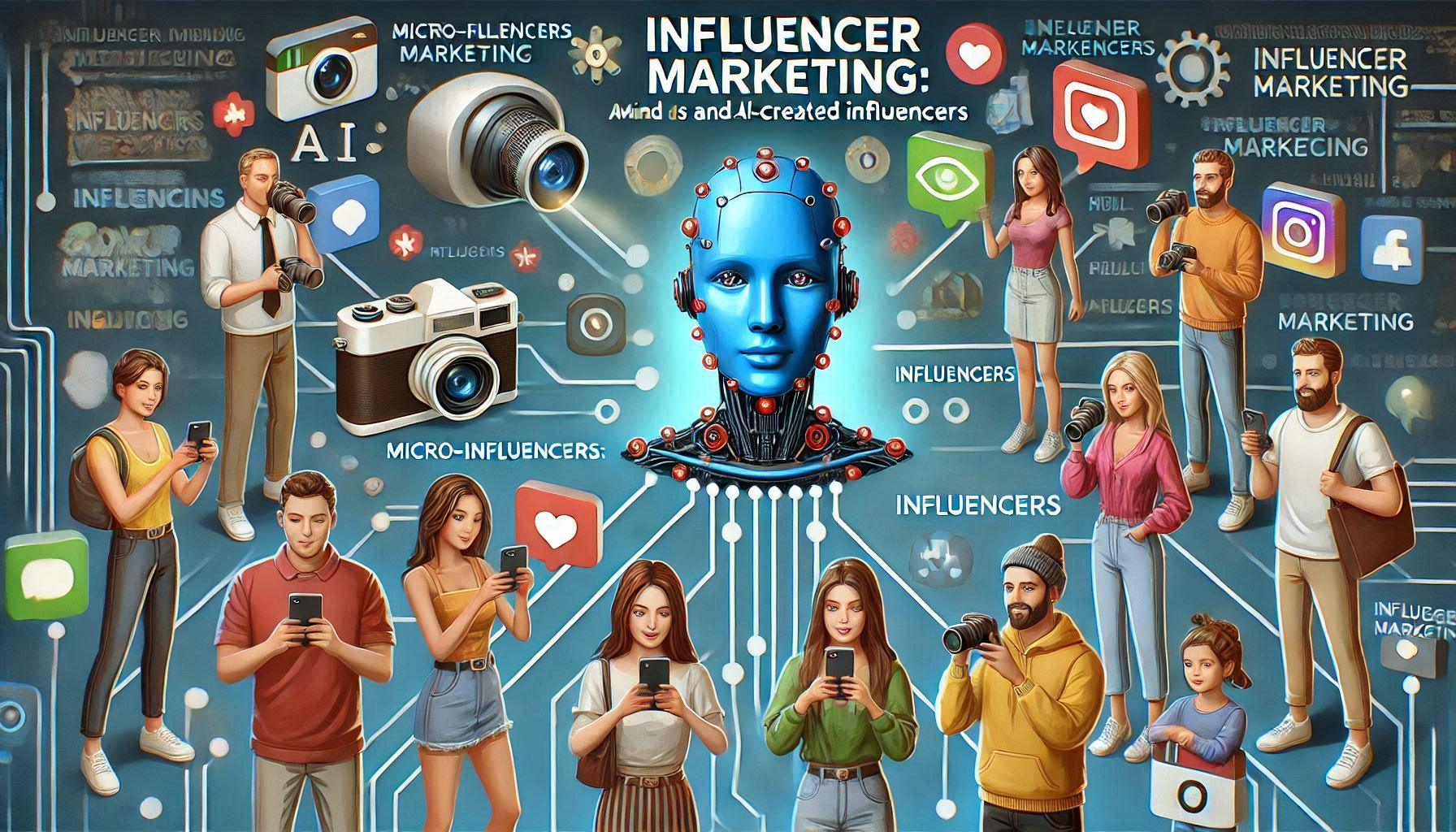
How to Leverage Influencer Marketing in 2025
Step 1: Define Your Goals
Clarify your objectives—whether it’s increasing brand awareness, driving sales, or enhancing customer loyalty.
Step 2: Select the Right Influencers
- Micro-Influencers: Use platforms like Aspire or Upfluence to find influencers aligned with your niche.
- AI-Created Influencers: Partner with agencies specializing in virtual influencer creation, like Brud or The Diigitals.
Step 3: Create Authentic Campaigns
Craft campaigns that allow influencers to showcase your products naturally, avoiding overt advertisements.
Step 4: Monitor and Optimize
Use tools like Hootsuite Analytics or Google Data Studio to track performance and adjust strategies as needed.
The Future of Influencer Marketing
The future of influencer marketing is a hybrid approach. By combining the emotional connection of micro-influencers with the technological advantage of AI-created influencers, brands can achieve unparalleled engagement.
Predictive Analytics for Influencer Campaigns
AI-driven tools like Heepsy and Influencity enable brands to predict the success of influencer collaborations. These platforms use data to forecast ROI, helping marketers make informed decisions.
Sustainability in Influencer Marketing
Consumers are increasingly prioritizing sustainability. AI influencers are eco-friendly as they don’t require travel or physical production, making them ideal for environmentally conscious campaigns.
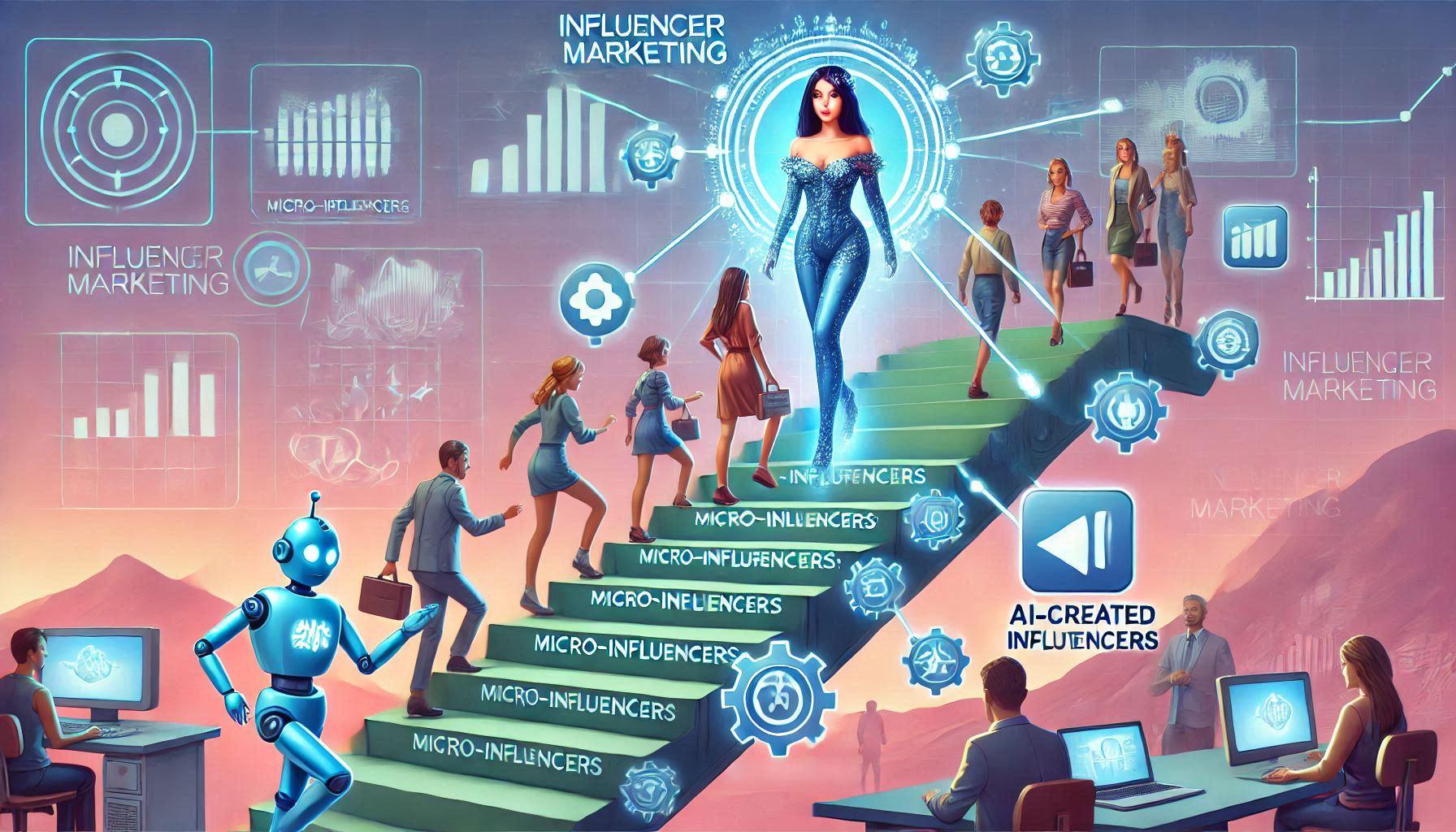
Conclusion
Micro-influencers and AI-created influencers are not just trends; they’re the future of influencer marketing. By understanding their unique strengths and leveraging them in your campaigns, you can stay ahead of the competition.
As the digital landscape continues to evolve, adapting to these innovations will ensure your brand remains relevant and impactful.

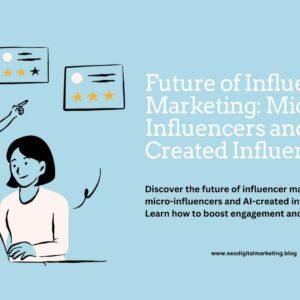
Add a Comment